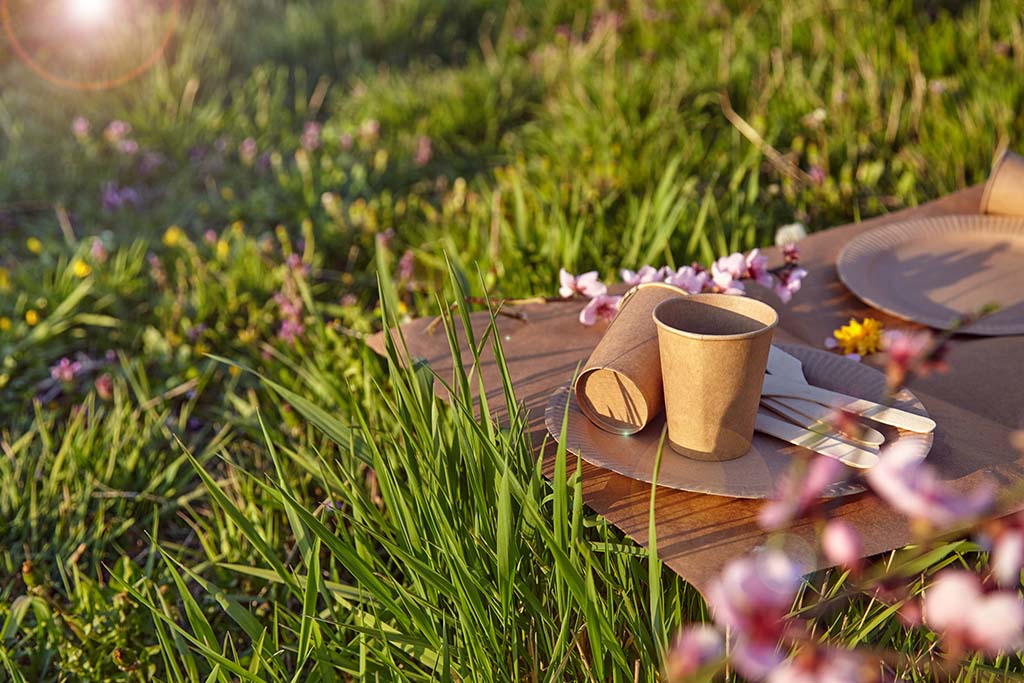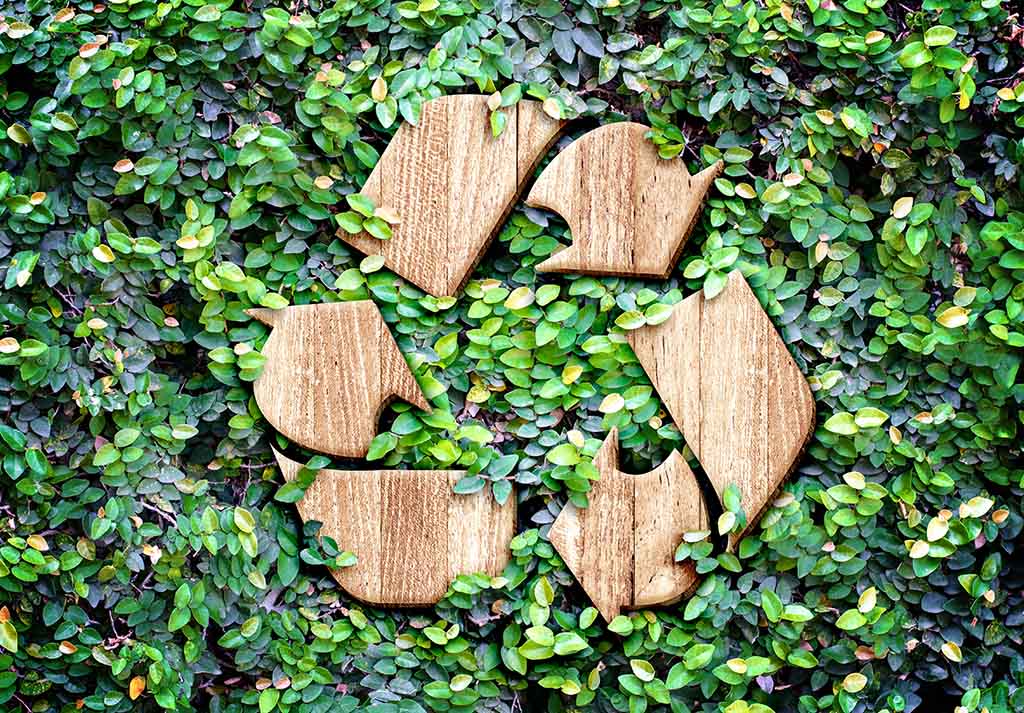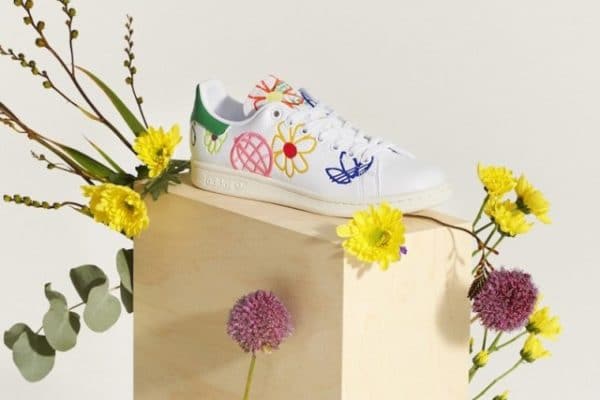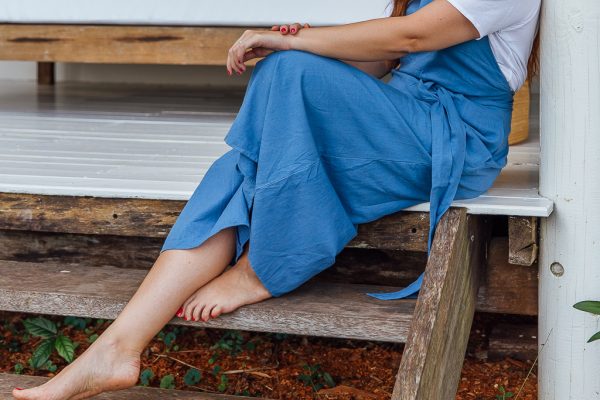Packaging is one of those often unavoidable modern-day conveniences. We know it’s a problem, but it sneaks into our lives anyway, wrapped around almost everything we buy.
We’ve normalised bubble-wrapped bananas, individually plastic-sealed cucumbers, and tiny items shipped in boxes big enough to house a Labrador. The sheer volume of waste is overwhelming, and while some brands are making an effort, greenwashing has made it tricky to separate what’s actually sustainable from what just sounds good.
So, is it possible to cut down on packaging waste without swearing off online shopping or making life more difficult?

We may not be able to avoid packaging entirely, but we can change how we deal with it. Heres how.
The Problem
In Australia alone we churn out 3.5 million tonnes of plastic waste annually, and a measly 15% is recovered or recycled. The rest piles up in landfills, pollutes our waterways, and breaks down into microplastics that leach into the environment.
Thanks to the rise of online shopping and meal delivery culture, packaging is one of the worst offenders. And while brands love to slap a green sticker on their packaging and call it “sustainable,” the reality is a little murkier.
Spot the Red Flags
Not all packaging labelled sustainable is actually sustainable. Some “biodegradable” plastics only break down in industrial composting facilities (not your backyard bin). Others still contain microplastics or require complicated multi-step recycling that most people don’t have access to.
Before hitting add to cart, check for:
- Recycled content – Packaging made from post-consumer waste, not fresh plastic
- Home-compostable certification – Look for AS 5810 in Australia
- Eco-friendly packaging and 100% plastic-free options – Cardboard mailers, paper tape, and biodegradable fillers
- Minimalist packaging – Some brands now offer “naked” shipping (just the essentials, no unnecessary fluff)
If it’s vague or greenwashed? Ask the brand directly. The more customers demand better packaging, the faster businesses adapt.

Reuse Before You Recycle
Recycling is great. Reusing is better. Australia generates an eye-watering 67 million tonnes of waste per year—every box, bag, and mailer that gets a second life is one less thing heading to landfill.
Ways to reuse packaging:
- Cardboard boxes – Use for storage, moving house, or list them on Marketplace for someone who needs them.
- Padded mailers – Perfect for sending your own parcels.
- Scrap paper/cardboard – Keep for notes, kids’ crafts, or compost it.
- Gift bags and boxes – If it looked good once, it can look good again.
Understand the Recycling Rules
Wishcycling (aka throwing things in the bin and hoping for the best) is how a lot of packaging ends up in landfill instead of being properly recycled.
Things to keep in mind:
- Most soft plastics are NOT recyclable curbside. Only about 16% of soft plastics get correctly disposed of.
- Compostable plastic mailers? Many need industrial composting—not your home compost bin.
- Plastic tape and labels on cardboard boxes? Peel them off before recycling, or they’ll mess up the process.
- Confused? Check your council’s website for up-to-date recycling guides.
The bottom line? Check before you chuck.


